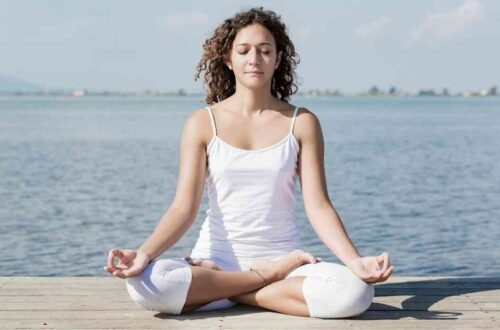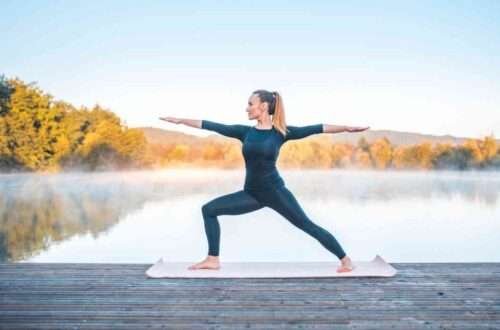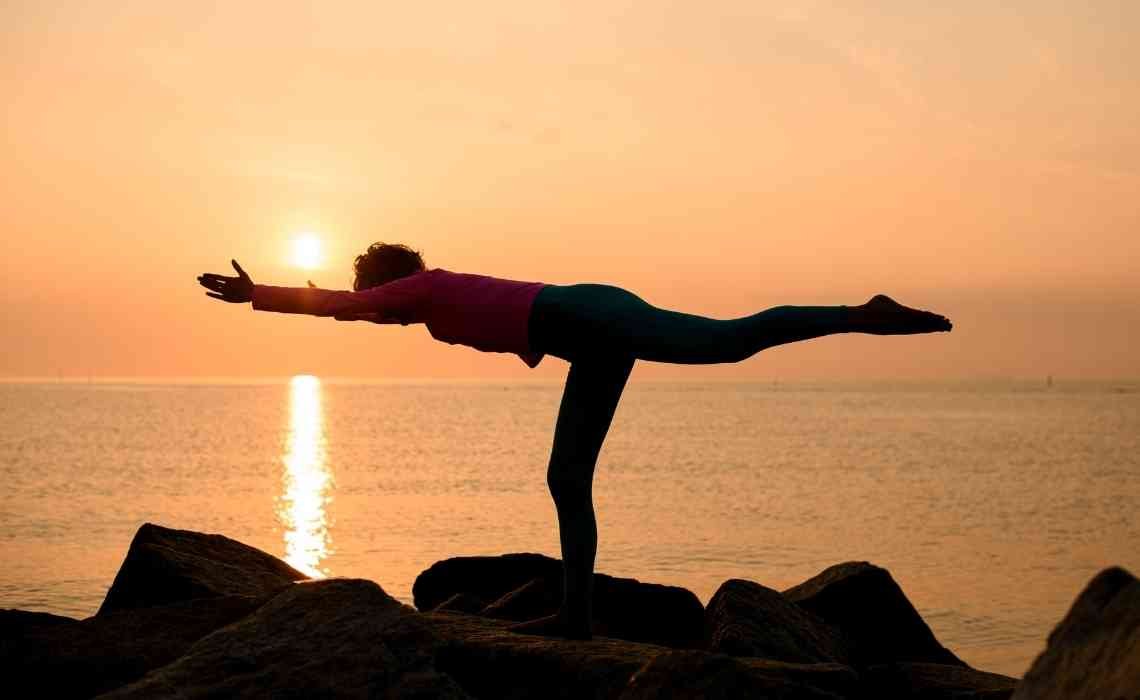
What is Pilates vs Yoga Difference?
Many people today want to stay fit and healthy, but sometimes it can get confusing when there are so many choices. Two popular ways to get stronger, stretch better, and feel more relaxed are Pilates and yoga. You might wonder, “What is Pilates vs yoga difference?” Let’s dive deep into this and make it super easy to understand, even if you are hearing about these words for the first time.
What is Pilates?
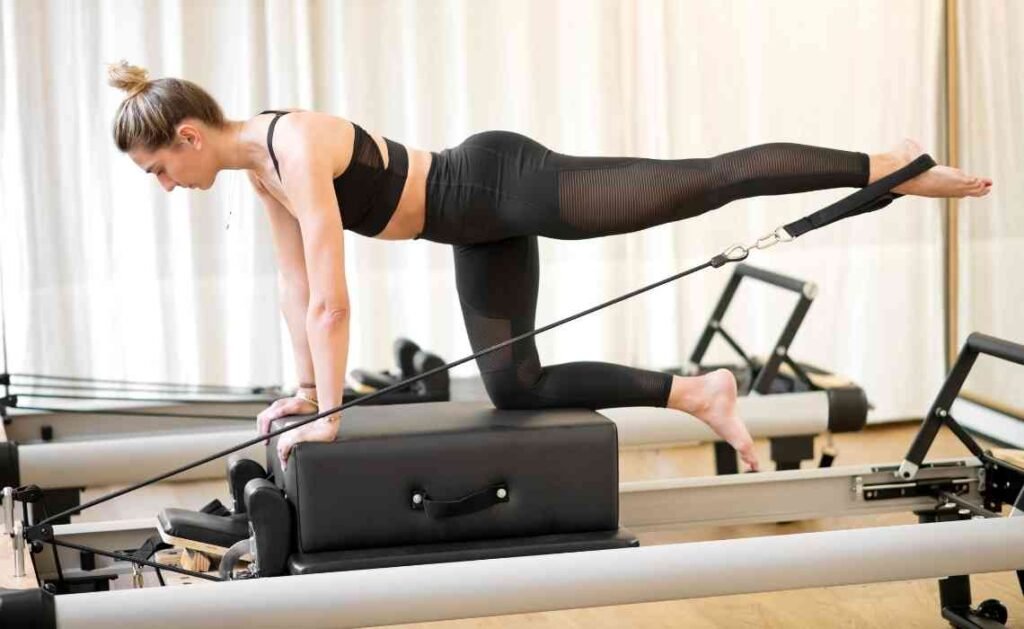
Pilates is a type of exercise that focuses on making your body stronger, especially your core muscles. Your core muscles are the ones around your belly, back, and hips. When these muscles are strong, your whole body feels better and moves better.
Pilates was created by a man named Joseph Pilates during World War I. He wanted to help injured soldiers get stronger without putting too much pressure on their bodies. Later, he shared his ideas with more people, and today, millions of people around the world do Pilates to get fit.
In Pilates, you do a series of movements that may look simple but are very powerful. You usually do them in a certain order, and you have to pay close attention to your breathing, your body position, and your movements.
What is Yoga?
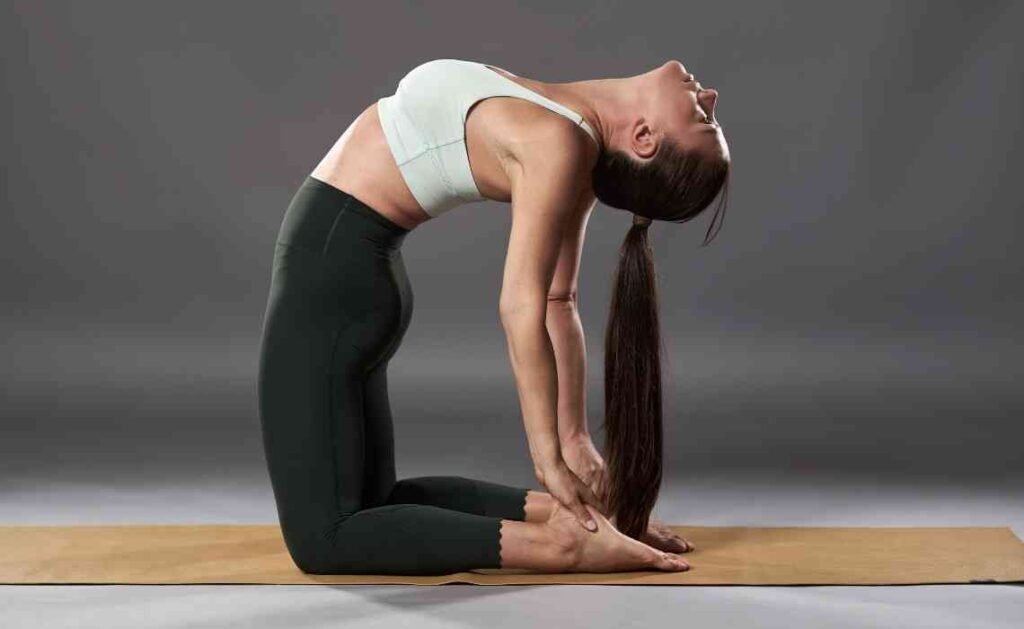
Yoga is a much older practice that started in India over 5,000 years ago. It is not just about exercise; it also includes breathing, meditation, and ways to relax your mind. In yoga, you move your body into different shapes, called poses, and hold them while breathing deeply.
The word “yoga” actually means “union” in Sanskrit, the old language of India. It means bringing together your body, mind, and spirit. When you do yoga, you are not just working on your muscles, you are also calming your mind and connecting with your feelings.
Yoga classes can be very different from one another. Some classes move quickly and make you sweat, while others are slow and peaceful. No matter the style, yoga always involves a mix of stretching, breathing, and relaxing.
Key Differences Between Pilates and Yoga
1. Origin and Purpose
Pilates was created in the early 1900s mainly to help people recover from injuries and to strengthen the body. It is mostly about physical fitness and body conditioning. The purpose of Pilates is to build strength, improve flexibility, and help with posture.
Yoga, on the other hand, is an ancient practice that aims for a balance between mind and body. It is not only about fitness but also about spiritual growth and inner peace. Yoga teaches people how to control their breath, clear their mind, and connect to something deeper inside themselves.
2. Focus Areas
Pilates focuses mainly on strengthening your core muscles. When you have a strong core, it becomes easier to do everyday activities like carrying groceries or playing sports without getting hurt. It also improves your posture so you stand taller and look more confident.
Yoga focuses more on flexibility, balance, and mental relaxation. You might still get stronger when doing yoga, especially in styles like Power Yoga, but it is also about stretching your muscles and calming your thoughts. It helps you to be more mindful and present in the moment.
3. Breathing Techniques
Breathing is important in both Pilates and yoga, but they use it differently.
In Pilates, you breathe in through your nose and out through your mouth. You use your breath to help control your movements and keep your muscles engaged. Proper breathing in Pilates helps you stay strong during exercises and prevents injuries.
In yoga, breathing is much more central. There are special breathing exercises called “pranayama” that are taught to help control the mind and emotions. In most yoga classes, you are asked to breathe only through your nose. Deep breathing in yoga helps you relax deeply and connect your body and mind.
4. Types of Movements
Pilates exercises are often small, controlled, and precise. You usually repeat a movement several times, focusing on good form and using your core muscles. Many Pilates classes also use special equipment like the “Reformer,” which has springs and pulleys to add resistance.
Yoga involves bigger movements and long holds. You move into a pose and hold it for a few breaths. In some styles, like Vinyasa Yoga, you flow from one pose to another in a dance-like way. Yoga uses just your body and a simple mat most of the time, without fancy equipment.
5. Equipment Used
In Pilates, there are two types: mat Pilates and equipment Pilates. Mat Pilates just needs a mat, like yoga. Equipment Pilates uses tools like the Reformer, Cadillac, or Wunda Chair. These machines help you stretch and strengthen your body in different ways.
Yoga usually only needs a mat. Some people use blocks, straps, or cushions to make poses easier or more comfortable, but you can do yoga with almost no equipment at all.
6. Mental Benefits
Both Pilates and yoga help your mind, but they do it differently.
Pilates helps you concentrate and stay focused on your body. When you do Pilates, you have to think carefully about every move. This sharpens your mind and helps you stay present.
Yoga, meanwhile, goes deeper into mental wellness. It teaches you to let go of stress, calm your thoughts, and find inner peace. Yoga often includes a time for meditation at the end of class, leaving you feeling very peaceful and balanced.
7. Flexibility and Strength
Pilates is slightly more about strength than flexibility. You do get more flexible over time, but the main goal is to become stronger, especially in your core and back.
Yoga places a big focus on flexibility. Many poses stretch your muscles deeply. Over time, people who do yoga regularly find they can move their bodies in ways they never thought possible, like touching their toes or doing a backbend.
8. Accessibility for Beginners
Both Pilates and yoga are good for beginners. You do not need to be strong or flexible to start. In fact, many people who do Pilates or yoga for the first time feel a little awkward, and that is completely normal.
Pilates beginners might find it a little more challenging to understand how to engage their core correctly at first. But with good instruction, anyone can learn.
Yoga beginners can start with gentle classes like “Hatha Yoga” or “Restorative Yoga,” which move slowly and are easy to follow. There is no need to do complicated poses right away.
Which One Should You Choose?
Choosing between Pilates and yoga depends on your personal goals and what you enjoy more.
If you want to build strength, especially in your stomach and back, and you like doing controlled movements, Pilates might be a better choice. It is great if you want to improve your posture and prevent injuries.
If you are looking for a way to become more flexible, feel more relaxed, and also explore calming your mind, yoga could be perfect for you. Yoga can help you deal with stress and feel more peaceful inside.
Some people even do both. You can do Pilates one day to build strength and yoga another day to stretch and relax. They can work together beautifully.
When you understand the Pilates vs yoga difference, it becomes easier to pick what suits you best. Both are amazing practices that can change your life in wonderful ways. You do not have to be perfect to start. You just need to show up, breathe, move, and enjoy the journey.
Remember, the best exercise is the one you love doing because that is the one you will stick with for a long time.




